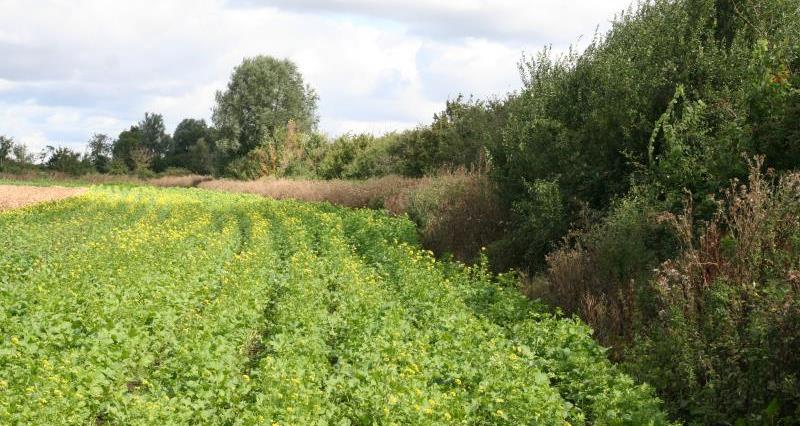They write:
For some farmers hedge trimming started on 1 August. However this was only for farmers sowing oil seed rape or temporary grassland that had applied for and obtained the written permission of the RPA. If you trim without permission in August, you risk being penalised on your BPS payment.
For the majority of farmers the hedge trimming period starts on 1 September and ends on 28 February 2017.
There are instances when hedge cutting can be carried out in the closed period, without requiring permission from the RPA. These are when:
- - The hedge overhangs a highway, road or footpath over which there is a public or private right of way and the overhanging hedge obstructs the passage of, or is a danger to, vehicles, pedestrians or horse riders
- The hedge is dead, diseased, damaged or insecurely rooted and because of its condition, it or part of it, is likely to cause danger by falling on to a highway, road or footpath; or obstructs the view of drivers or the light from a public lamp
- It is to carry out hedge-laying or coppicing during the period 1 March to 30 April (inclusive)
- It is to trim a newly laid hedge by hand, within 6 months of it being laid
If you are a non-farmer or not claiming BPS or an agri-environment scheme, the closed period doesn’t apply, although you must still adhere to the Wildlife & Countryside Act 1981 which covers the protection of wild birds, their nests and eggs.
Similar rules also apply to trees.
Some important things to take into account to make the job safe and a success are:
Safety
All the equipment used must be safe and suitable for the purpose. Guards must be in place and in good condition. The tractor must be road worthy and meet all the construction and use standards for on-road use.
Operators must be adequately instructed, trained and competent to use the equipment provided.
Any debris that falls on to the road must be removed as soon as possible as this can be a potential danger for all road users but especially bikers and cyclists.
Lights
Amber beacons are often used by slow moving vehicles and vehicles working on the highway. They must be used on agricultural machines with a maximum speed of 25 mph or less when on a dual carriage way where the legal speed limit is 50mph or more. Beacons are not mandatory when hedge trimming on other roads but general advice is to use them to increase visibility.
Signs
The use of warning signs is generally recommend but it can be an offence to erect warning signs unless authorised by the Highway Authority. Always check with your local Highway Authority as to their requirements. Also remember to collect any signs after work has finished.
If you are uncertain of your obligations, call NFU CallFirst on 0370 845 8458.
